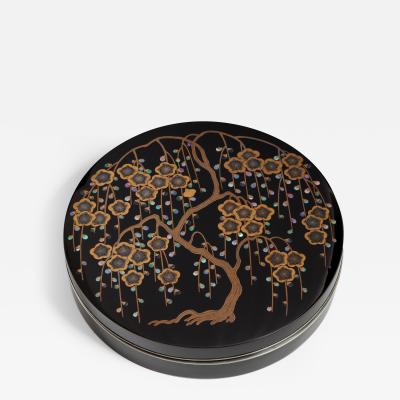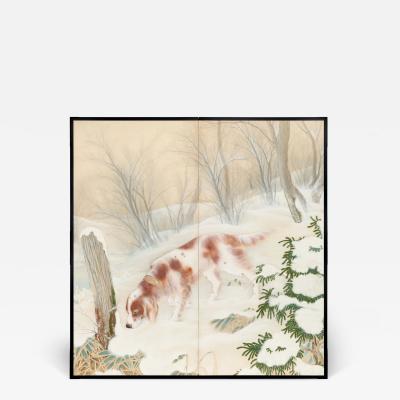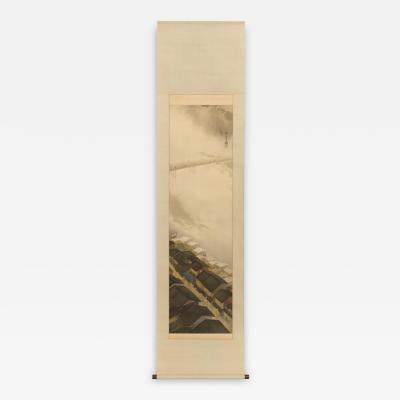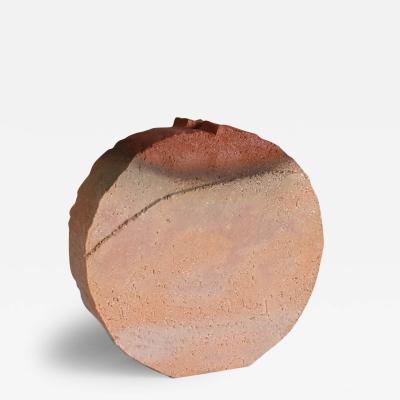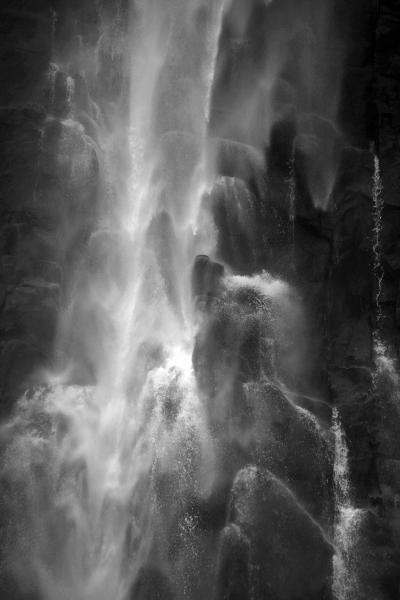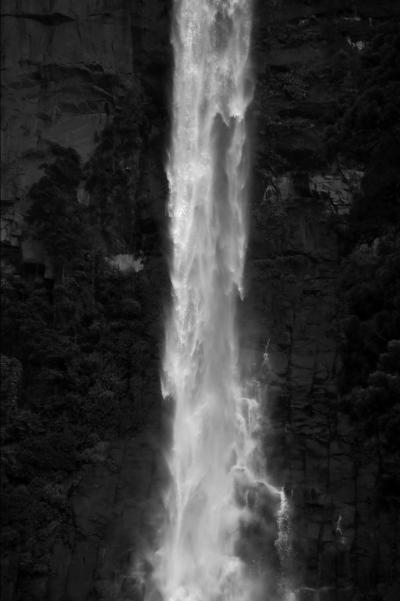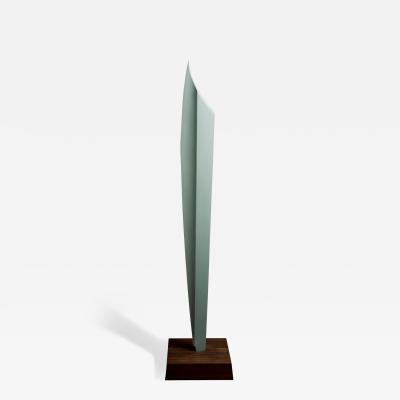- FINE ART
-
FURNITURE + LIGHTING
Shop By Category
Shop By Artist
- NEW + CUSTOM
- DECORATIVE ARTS
-
JEWELRY
Shop By Category
Shop By Artist
- INTERIORS
- MAGAZINE
Offered by:
Thomsen Gallery
9 East 63rd Street
New York City, NY 10065 , United States
Call Seller
212.288.2588
Showrooms
Cranes and Lilies, 1920s
Price Upon Request
-
Tear Sheet Print
- BoardAdd to Board
-
-
Description
Nagano Sofu
Cranes and Lilies, 1920s
Hanging scroll; ink and mineral colors on silk with gold wash
Overall size 100¾ x 48¼ in. (256 x 123 cm)
Image size 74 x 40 in. (187.5 x 101.5 cm)
T-4800
Signed at lower right Sofu and sealed Taka
Comes with a fitted wood tomobako storage box inscribed outside Kurozuru (Cranes); signed inside Sofu dai (Titled by Sofu) with a seal
In this large and striking composition, Nagano Sofu marshals old and new styles to depict a novel combination of birds and flowers: two black or common cranes (Grus grus) standing between stands of cultivated orange lilies. The slightly overlapping, formalized placement of the birds suggests influence from earlier paintings of tanchozuru (red-crested cranes, Grus japonensis) by masters of the Rinpa movement such as Sakai Hoitsu (1761–1828) or his predecessor Ogata Korin (1658–1716). This impression is intensified by the gold wash and the artist’s use of the tarashikomi (wet-on-wet puddling) technique—also seen in many Rinpa paintings from the Edo period (1615–1868)—in the rich mineral pigments of the lily leaves. Nevertheless, the expressive, detailed brushwork, especially on the flowers, and bold perspective mark this out unmistakably as a work from Japan’s interwar period.
Born in Tokyo, Nagano Sofu started to study painting at age fourteen and was apprenticed at age twenty to Kawai Gyokudo (1873–1957), one of the leading figures in the Nihonga (neo-nativist) painting movement. He enjoyed early success, being selected for the very first Bunten national exhibition (1907) where he won third prize for Mutsu no hana (Six Flowers), a composition depicting celestial maidens scattering snowflakes. He garnered further awards at the Bunten but in 1916 finally transferred his loyalties to the non-governmental Inten, only returning to the official fold once in 1940 when he showed his work at the special exhibition to mark the 2,600th anniversary of Japan’s imperial family.
Despite his large and varied output, few of Nagano’s works are held in public collections, either inside or outside Japan. In addition to his early historical or religious paintings such as Six Flowers and colorful hanging scrolls of birds and flowers like the present work, he did views of China (where he traveled in 1923 and 1925), sketches of the aftermath of the Great Kanto Earthquake (1923), landscapes, and the dramatically lit Kōshū seigetsu (Autumn Moon in a Rain-Cleansed Sky, Shotoku Taishi Exhibition, 1926). -
More Information
Documentation: Signed Period: 1920-1949 Condition: Good. Styles / Movements: Asian Art Incollect Reference #: 755173 -
Dimensions
W. 48.25 in; H. 100.75 in; W. 122.56 cm; H. 255.91 cm;
Message from Seller:
Thomsen Gallery, located at 9 East 63rd Street in New York City, specializes in important Japanese paintings, screens, scrolls, ceramics, ikebana bamboo baskets, and lacquer objects, as well as contemporary works by select artists. Owned by Erik and Cornelia Thomsen, the gallery offers a wealth of expertise in Japanese art, with global clientele including collectors and museums. Reach them at 212-288-2588 or info@thomsengallery.com
Sign In To View Price
close
You must Sign In to your account to view the price. If you don’t have an account, please Create an Account below.
More Listings from Thomsen Gallery View all 170 listings
No Listings to show.
- Kage (Shadow), 1970s
- Round Writing Box with Plum Tree (T-4429
- Bamboo, 1980s
- Setter in the Snow
- Enjoying a Cool Evening on Ponto-chō, Kyoto (T-4852)
- Ju (Tree), 1970s
- Mizu 06
- Hagi-Ware Flask, ca 1988
- Flask with Maple Glaze, 1993
- Mizu 05
- Mizu 08
- Tosa School, Scattered Fans with Seasonal Motifs, 19th century
- "Ki no toki" (Resolute Spirit), 2002
- Mizu 09


















